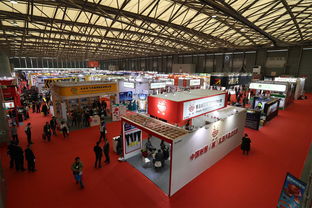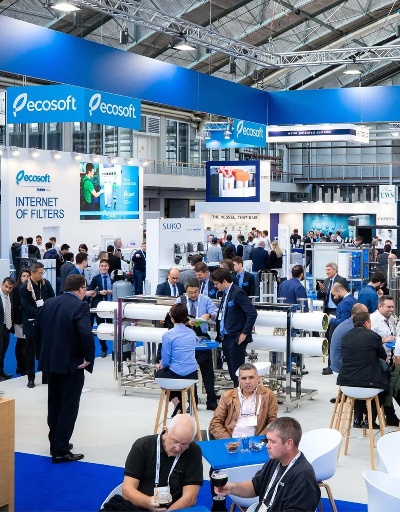The Benefits of Textile Antimicrobial Treatments for Health and Safety
Textiles have become an essential part of our daily lives, providing comfort and functionality to millions of people worldwide. However, textiles can harbor microbes, leading to potential health risks if not treated properly. Textile antimicrobial treatments have emerged as a solution to this issue, offering numerous benefits for both health and safety. These treatments help reduce the growth of harmful bacteria on textiles, preventing the spread of infections such as skin infections, respiratory diseases, and food poisoning. Additionally, they improve the overall hygiene and sanitation of fabrics, reducing the risk of allergies and allergic reactions in sensitive individuals. Textile antimicrobial treatments are also environmentally friendly, as they do not require harsh chemicals or toxic substances that could harm the environment. In conclusion, textile antimicrobial treatments are essential for maintaining a healthy and safe environment, and their benefits extend beyond just textiles.
In the modern world, where hygiene is paramount, textiles have become an integral part of our daily lives. From clothing to bedding, from towels to upholstery, textiles come into contact with our skin every day, potentially harboring bacteria that can lead to infections. However, recent advancements in antimicrobial treatment have transformed the fabric industry, offering a range of benefits that extend beyond just aesthetic appeal. In this article, we explore the advantages of incorporating antimicrobial treatments into textile production, emphasizing their significance in maintaining hygiene and reducing health risks.
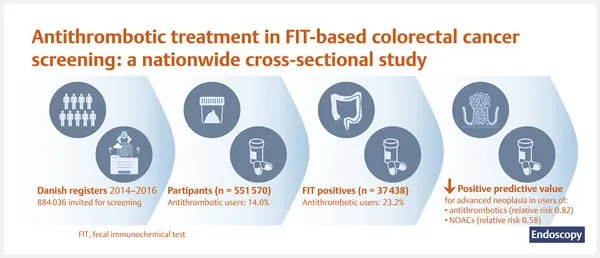
Antimicrobial textiles are designed to inhibit or kill harmful microorganisms such as bacteria, fungi, and viruses, thus providing a protective barrier against potential infections. These treatments are applied to cotton, polyester, and other textiles using various methods including dye-based, physical, and chemical processes. The effectiveness of these treatments depends on the specific type of microorganisms targeted and the concentration of active ingredients used.
One of the primary benefits of antimicrobial textiles is improved hygiene. They effectively reduce the growth of harmful bacteria on clothes, preventing the spread of diseases like MRSA (Methicillin-resistant Staphylococcus aureus) and E. coli, which can cause serious illnesses if left untreated. By keeping textiles free from harmful bacteria, antimicrobial treatments contribute to a healthier living environment and reduced healthcare costs.
Additionally, antimicrobial textiles can extend the lifespan of garments by preventing bacterial growth and mold development. This extends the life cycle of textiles, reducing waste and environmental impact. Furthermore, they can help maintain cleanliness in public spaces, such as hospitals and schools, by preventing cross-contamination.
The use of antimicrobial textiles has also gained traction in the fashion industry, where it helps to prevent the spread of infectious diseases among customers. For example, many luxury brands now incorporate antimicrobial treatments into their swimwear and sportswear products to ensure that customers remain protected from harmful pathogens during exercise or leisure activities.
Another advantage of antimicrobial textiles is their ability to resist wear and tear. Unlike regular textiles, which may lose their protective properties over time due to washing or exposure to high temperatures, antimicrobial materials remain effective even after multiple wash cycles. This makes them ideal for use in high-traffic areas like hospitals, gyms, and airports, where frequent cleaning is necessary.
In addition to their practical applications, antimicrobial textiles also offer a range of aesthetic benefits. They can be designed to match any color palette or create unique patterns that complement existing decor. Moreover, some antimicrobial treatments are transparent, allowing light to pass through while still providing protection against harmful microbes. This creates a balance between aesthetics and functionality that is highly desirable in today's fast-paced world.
However, it's essential to note that while antimicrobial textiles offer numerous benefits, they should not replace proper hygiene practices. It's crucial to wash all textiles regularly, especially those that come into direct contact with the skin, to maintain a healthy environment. Additionally, consumers should be aware of the source and quality of the antimicrobial treatment used in their textiles, as some treatments may contain chemicals that could pose health risks to sensitive individuals.
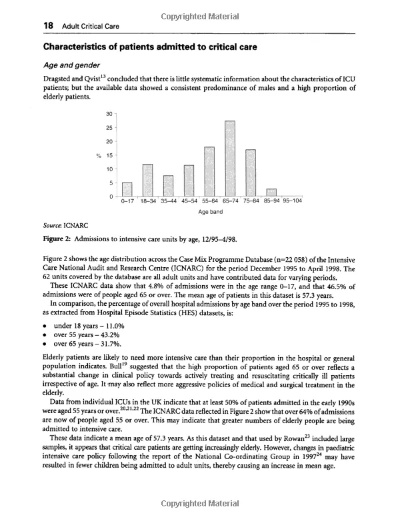
In conclusion, incorporating antimicrobial treatments into textile production is a significant step towards improving hygiene and safety in our daily lives. These treatments offer a range of benefits that extend beyond just aesthetic appeal, including reduced risk of infection, extended lifespan of garments, and improved hygiene in public spaces. While there are potential concerns regarding the long-term effects of certain antimicrobial treatments, the overall benefits make them a valuable investment in our health and well-being. As technology continues to advance, we can expect more innovative solutions to emerge, further enhancing the safety and sustainability of textiles.
随着人们对健康和生活品质的追求不断提高,抗菌纺织品的需求也日益增长,抗菌处理纺织品不仅具有抗菌功能,还能有效延长纺织品的使用寿命,提高其舒适度和美观度,本文将详细阐述纺织品抗菌处理的好处,并通过英文案例说明来进一步说明其优势。
纺织品抗菌处理的好处
- 健康安全:抗菌纺织品能够有效杀灭或抑制细菌生长,减少皮肤感染和疾病的风险,使用抗菌纺织品可以保护人们的健康,提高生活质量。
- 延长使用寿命:抗菌处理可以减少纺织品在使用过程中出现的磨损和老化现象,延长其使用寿命,抗菌处理还可以提高纺织品的耐洗性和耐穿性。
- 提高舒适度:抗菌处理纺织品具有更好的吸湿性、透气性和柔软性,能够提供更好的穿着体验,抗菌处理还可以减少静电和异味,提高穿着舒适度。
- 环保可持续:抗菌处理纺织品的使用可以减少对化学消毒剂的依赖,降低环境污染,抗菌处理还可以减少资源消耗和能源消耗,符合环保可持续的发展趋势。
以下是英文案例说明:
英文案例说明
抗菌窗帘的应用
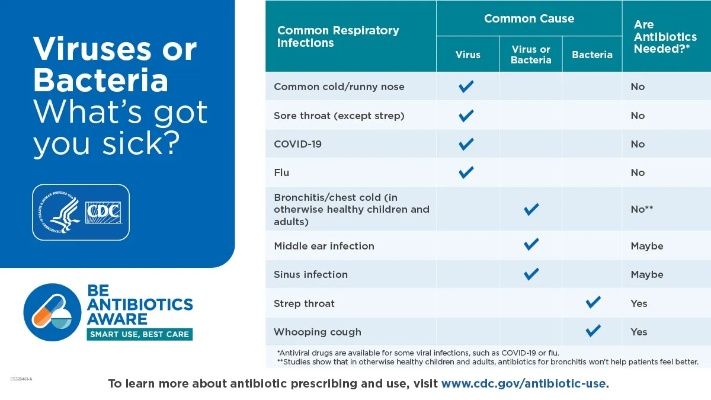
近年来,抗菌窗帘因其抗菌、防螨、防过敏等功能逐渐受到消费者的青睐,某品牌推出的抗菌窗帘采用了先进的抗菌技术,可以有效杀灭细菌和螨虫,减少过敏反应的发生,消费者反馈显示,使用该品牌的抗菌窗帘不仅提高了居住环境的健康安全,还延长了窗帘的使用寿命。
抗菌运动服装的应用
随着运动人群的增加,抗菌运动服装的需求也日益增长,某品牌推出的抗菌运动服装采用了特殊的面料和工艺,可以有效杀灭细菌和病毒,提高运动服装的舒适度和透气性,消费者反馈显示,使用该品牌的抗菌运动服装不仅提高了运动体验,还减少了运动过程中的感染风险。
纺织品抗菌处理的英文表格说明
| 类别 | 术语 | 说明 |
|---|---|---|
| 抗菌原理 | Antimicrobial | 纺织品通过添加抗菌剂或采用特殊工艺来抑制或杀灭细菌的生长。 |
| 好处 | Benefits | 包括健康安全、延长使用寿命、提高舒适度、环保可持续等方面。 |
| 实例 | Examples | 如抗菌窗帘、抗菌运动服装等具体实例。 |
| 抗菌效果 | Antimicrobial Effectiveness | 通过测试数据或消费者反馈来衡量纺织品对细菌的杀灭或抑制效果。 |
| 使用效果 | User Feedback | 通过消费者使用后的反馈来评价纺织品的使用效果。 |
纺织品抗菌处理具有多重好处,包括健康安全、延长使用寿命、提高舒适度和环保可持续等方面,通过使用抗菌纺织品,人们可以更好地保护健康和提高生活质量,抗菌处理纺织品的应用也可以符合环保可持续的发展趋势,在未来,随着人们对健康和生活品质的需求不断提高,纺织品抗菌处理的应用前景将更加广阔。
Articles related to the knowledge points of this article:
The Story of Xiangshans New Textile Wholesale in the西安市新城区瑞兴纺织品批发部
Textile Four Piece Set Wholesale Market Address
The Story of Xian Xinyucheng Mengrou Textile Wholesale Shop
Exploring the Price Landscape of Shuzhi Ke Textiles:A Comprehensive Analysis


